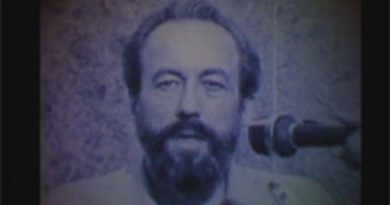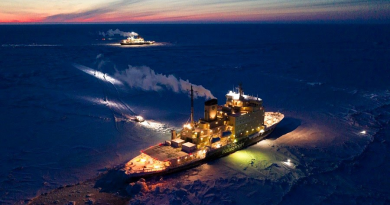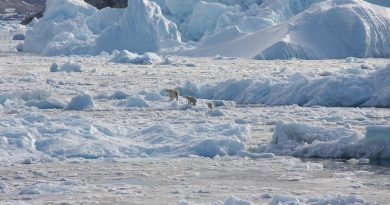Research project seeks to understand climate change impacts in North American Arctic
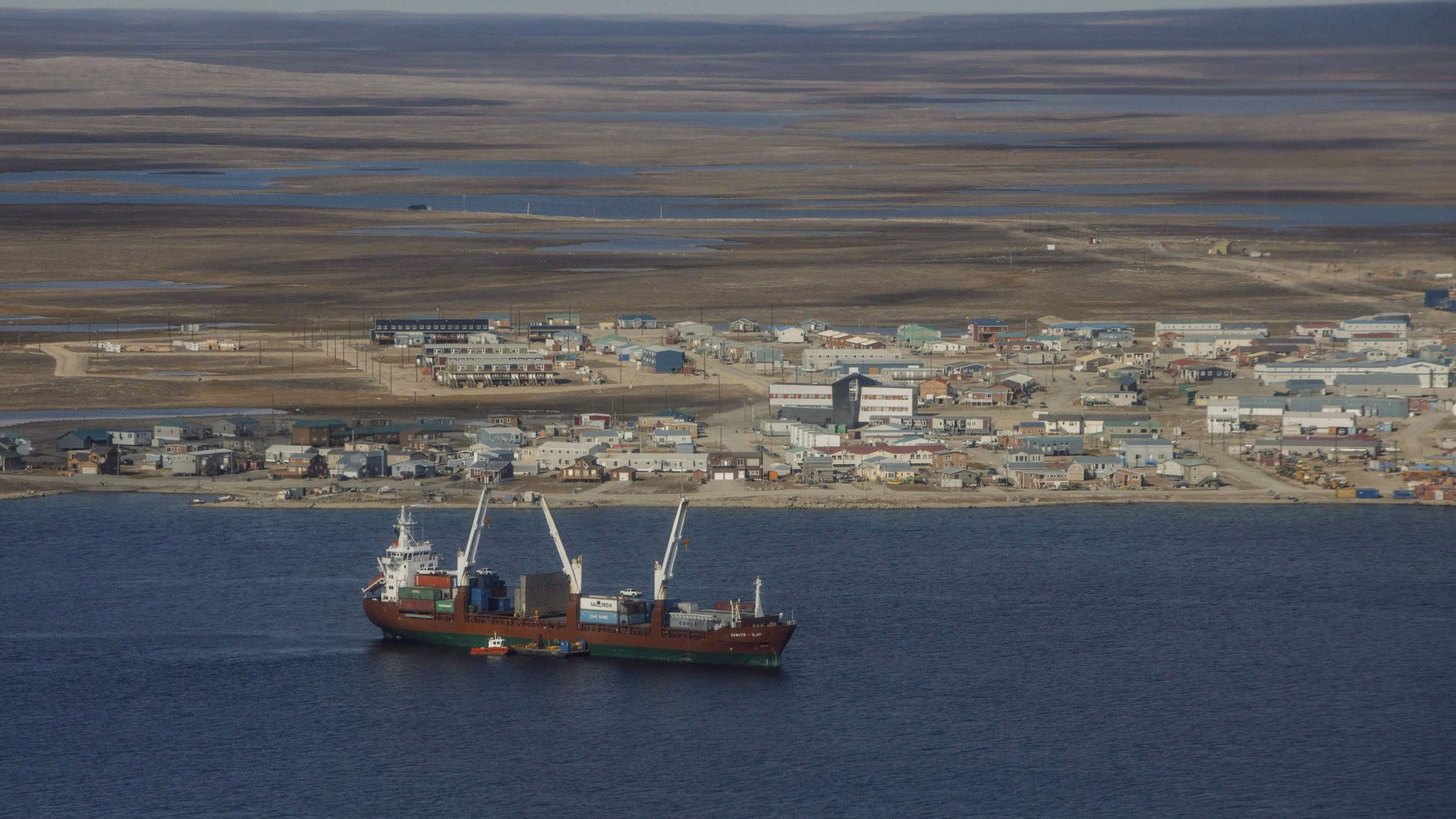
A group of Canadian and U.S. scientists backed by a NASA aircraft packed with sophisticated remote sensing equipment have converged on the Inuit community of Cambridge Bay in Nunavut as part of an international science project to study how climate change is affecting vulnerable northern ecosystems.
The 10-year multidisciplinary study – dubbed Arctic-Boreal Vulnerability Experiment (ABoVE) – involves over 700 of researchers in the U.S. and Canada. The study is looking at the effect of climate change on the ecosystems in Alaska, Yukon, the Northwest Territories and Western Nunavut and the people of the region, said Adam Houben, science officer with Polar Knowledge Canada (POLAR).
POLAR, which operates the Canadian High Arctic Research Station (CHARS) campus in Cambridge Bay, is the Canadian point of contact for the NASA-led collaboration project, said Houben in a telephone interview from Cambridge Bay.
“The main goal is to assess terrestrial ecosystem response to climate change in boreal and Arctic landscapes,” Houben said. “The North is changing much more quickly than temperate and southern regions of Canada.”
The interdisciplinary research will look at a range of issues from thawing permafrost to fire disturbances, vegetation change and the northern movement of the treeline, Houben said.
In the air and in the field
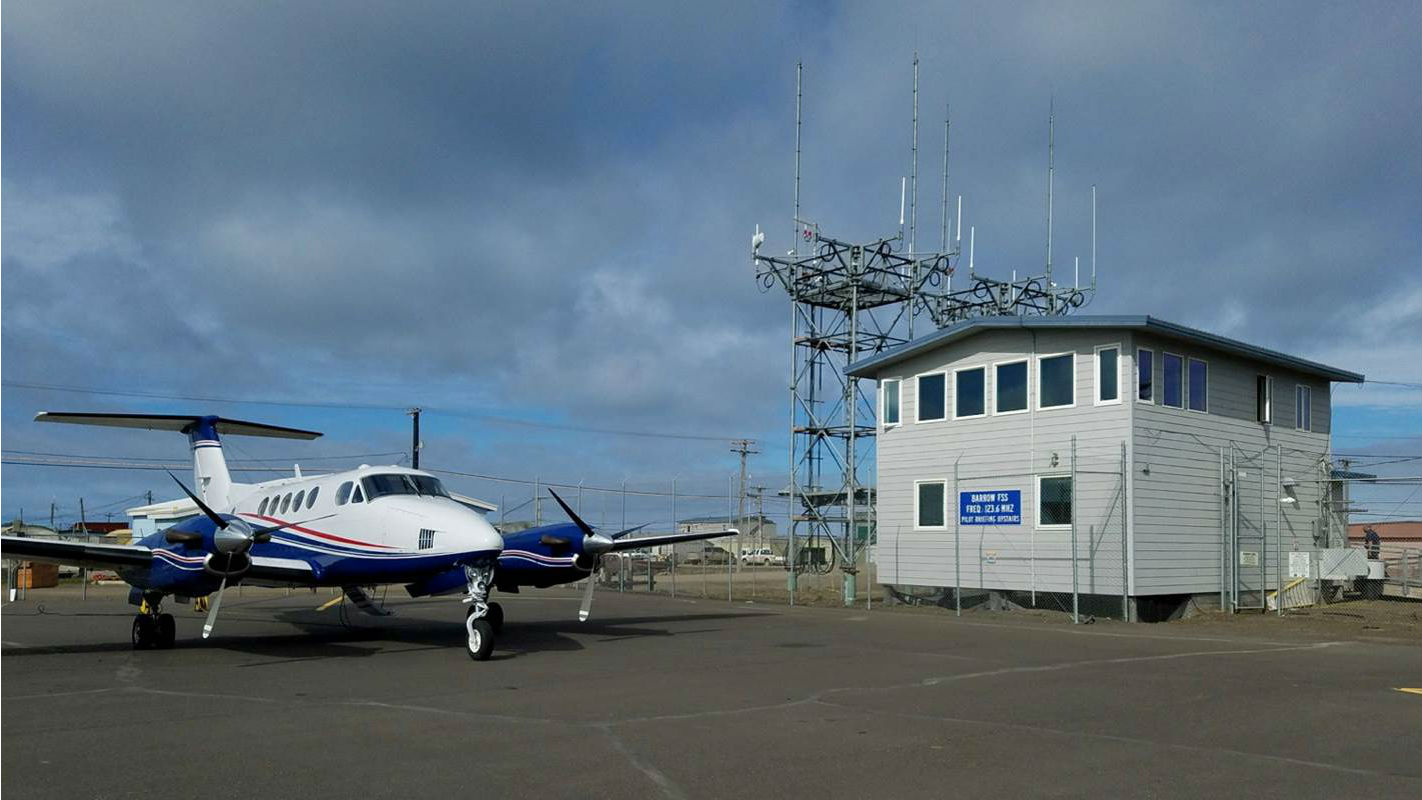
The research project uses data collected by special aircraft outfitted with remote sensing equipment, such as NASA’s B200 aircraft, and satellites, such as Canada’s RADARSAT-2, as well as field research conducted by researchers and their Indigenous partners on the ground, he said.
For this year’s survey, POLAR and NASA researchers are waiting for a break in the weather to take their aircraft in the air to capture high-resolution infrared optical images of the tundra surface around Cambridge Bay, Houben said.
In addition, researchers from the University of Wisconsin will be on the ground making detailed studies of vegetation traits in the area, he added. And next year they will be joined by researchers from Northern Arizona University, who will also be studying ecosystem changes, he added.
Houben said he hopes their research will help Arctic communities understand environmental changes happening around them and plan for those that are coming.
“If you’re seeing change, you’re seeing dramatic changes to the landscape or to wildlife, such as caribou which are very important up here, you will hopefully take this and translate it to the community,” Houben said. “And whether it’s through the hamlet, if it’s an immediate, local concern, or through the territory… I hope this will translate to further policy that might help regulate or monitor the landscape or wildlife into the future.”
Related stories from around the North:
Canada: Japan scopes out future Arctic research in Cambridge Bay, Northern Canada, CBC News
Finland: River ice and white hares: Finnish scientists study signs of climate change in nature, Yle News
Norway: Arctic fox’s rapid journey from Svalbard to Northern Canada stuns researchers, The Independent Barents Observer
Russia: Russian researchers evacuate camp as Arctic ice cracks, The Independent Barents Observer
Sweden: Local councils more interested in climate change preparedness, Radio Sweden
United States: U.S. House calls for more research on ocean acidification, Alaska Public Media

